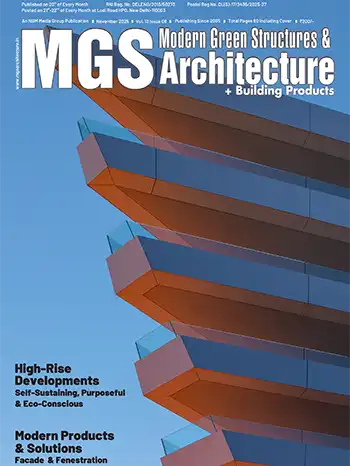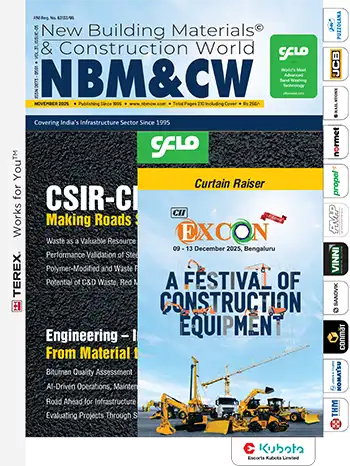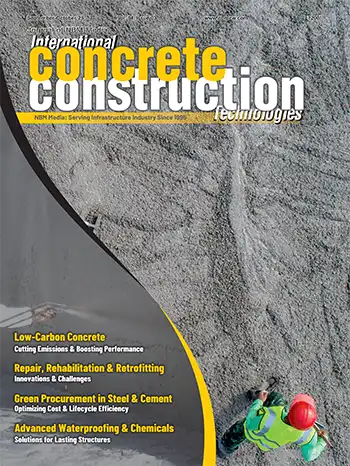
Vimal Babu, CEO and Founder, Nibav Home Lifts
The Evolution of Luxury: From Bungalows to Gated Communities
Historically, luxury was tied to the amount of land one could acquire. During the British colonial era, expansive bungalows symbolized wealth, particularly in Bengal, where the term "Bangla" derived from the Bengali style of homes. These bungalows, with their spacious porches, open floor plans, and high walls, epitomized success in an era of abundant land.However, the 1990s brought rapid urbanization to India. With economic liberalization and migration to cities, multi-storey apartments quickly replaced sprawling bungalows. Towering gated communities began to shape urban skylines, leading to a redefinition of luxury. It was no longer about the land one owned but the space within vertical living—where high-rises, penthouses, and duplexes became the new symbol of affluence.
The Penthouse: The Ultimate Symbol of Modern Luxury
At the pinnacle of luxury living today are penthouses—multi-level residences that offer panoramic views, exclusive amenities, and the epitome of privacy. These homes often come with private pools, rooftop terraces, and floor-to-ceiling windows. But with luxury comes a new set of challenges in terms of design, particularly when it comes to accessibility. In these expansive homes, traditional staircases often disrupt the fluidity of modern interiors, consume valuable space, and create barriers to mobility, especially for elderly residents or those with physical limitations.The Rise of Home Elevators: Redefining Vertical Living

In penthouses, duplexes, and sky villas, where every square foot of space is precious, home elevators are the ideal solution. These elevators require minimal structural modifications, meaning they can be seamlessly integrated into a home’s design without compromising aesthetic appeal. Beyond their visual integration, home elevators offer unparalleled functionality. They provide an easy, accessible means of moving between floors, making them ideal for families with elderly members or individuals with mobility challenges.
Technology Meets Luxury: Sustainable, Smart, and Safe Elevators
Modern home elevators are more than just functional—they are technological marvels. Pneumatic elevators, for example, operate using air pressure rather than heavy machinery, significantly reducing energy consumption. AI-powered lifts take it a step further with remote operation, voice-activated controls, and advanced safety features. Biometric access controls are now also available, ensuring that only authorized individuals can use the lift, adding an extra layer of security to these already exclusive homes.Incorporating smart home systems, these elevators offer a seamless, integrated experience. Homeowners can control the elevator via their smartphones, optimizing convenience and accessibility. The combination of energy efficiency, security, and ease of use makes home elevators not just a luxury feature but a necessity for modern homes.
Elevators as an Essential Feature in Luxury Real Estate
Home elevators are no longer just an extravagant add-on. They have become a critical part of luxury homes, enhancing both functionality and property value. As vertical living continues to define urban spaces, the integration of elevators into high-end residences is no longer a question of "if" but "when."In a world that is increasingly oriented toward multi-storey living, home elevators elevate the concept of luxury to new heights—literally and figuratively. They are no longer seen as a luxury but a standard feature in the homes of the future. Whether you’re building a penthouse, duplex, or sky villa, home elevators are reshaping the way we think about vertical living and luxury in the modern world.














